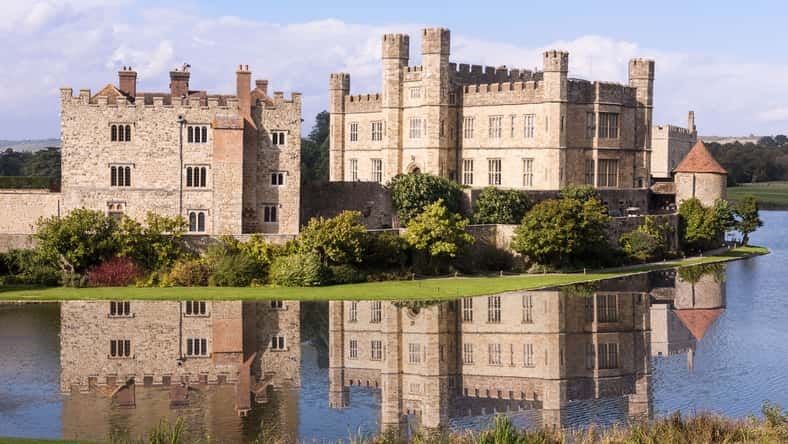An Ancient Roman Lead Coffin Was Buried In England For More Than 1,600 Years, Containing The Remains Of Both A High-Status Woman And A Child

For more than 1,600 years, a Roman lead coffin was buried in a field near Leeds, a city located in West Yorkshire.
The coffin was unearthed during excavations in 2022 by West Yorkshire Archaeological Services.
In total, the remains of over 60 men, women, and children dating to the late Roman and early medieval periods were found at the site.
Initially, experts believed that the coffin contained the remains of a high-status woman who was between the ages of 25 and 35 at the time of her death.
The woman was buried with a bracelet, a necklace made out of glass beads, and an earring or ring. She was thought to have been an aristocrat during Rome’s occupation of Britain, which spanned from A.D. 43 to A.D. 410.
However, further analysis of the bones has revealed the partial remains of a child buried with the woman that had previously gone unnoticed. The child was estimated to have been around 10 years old at the time of death.
The child’s remains were not identified initially because the bones in the coffin had been very old and fragmented. It was hard for researchers to determine the differences in the remains without additional testing.
The relationship between the child and the woman is unclear, but experts do know that they were buried around the same time period.
Their burial has raised questions about the burial practices that occurred in Roman Britain.

naturalv – stock.adobe.com – illustrative purposes only
According to Kat Baxter, the curator of archaeology at Leeds Museums and Galleries, the lead coffin is the first of its kind to be discovered in West Yorkshire.
After spending centuries underground, the coffin has become warped.
Currently, it is being conserved and stabilized in advance of its first public display at Leeds City Museum as part of a new exhibition called “Living with Death.” The exhibition will explore how cultures all over the globe approach death.
“This is a truly unique and remarkable find which has potentially huge implications for our understanding of the history of early Leeds and those who made their home here,” Baxter said. “The discovery of the remains of a second individual within the coffin is fascinating, particularly as they belonged to a child. It poses some interesting questions about how people more than 1,600 years ago treated their dead.”
Sign up for Chip Chick’s newsletter and get stories like this delivered to your inbox.
More About:News





